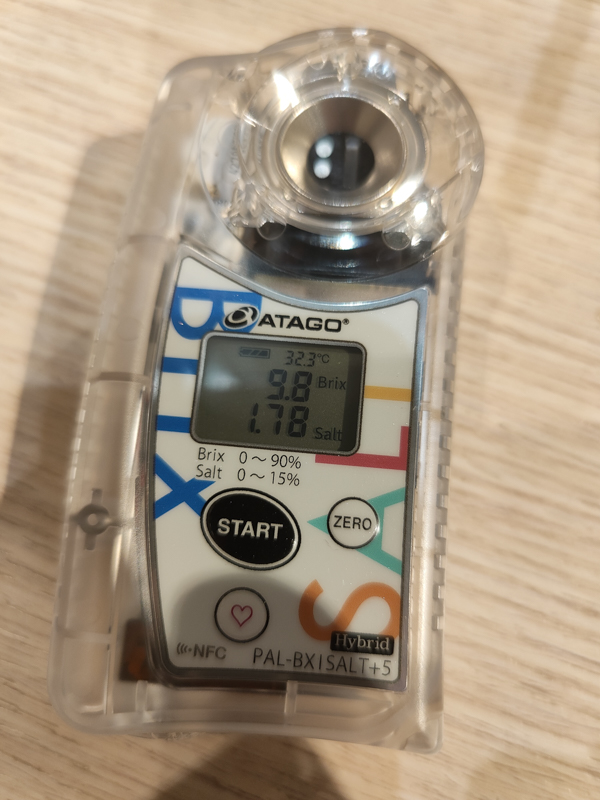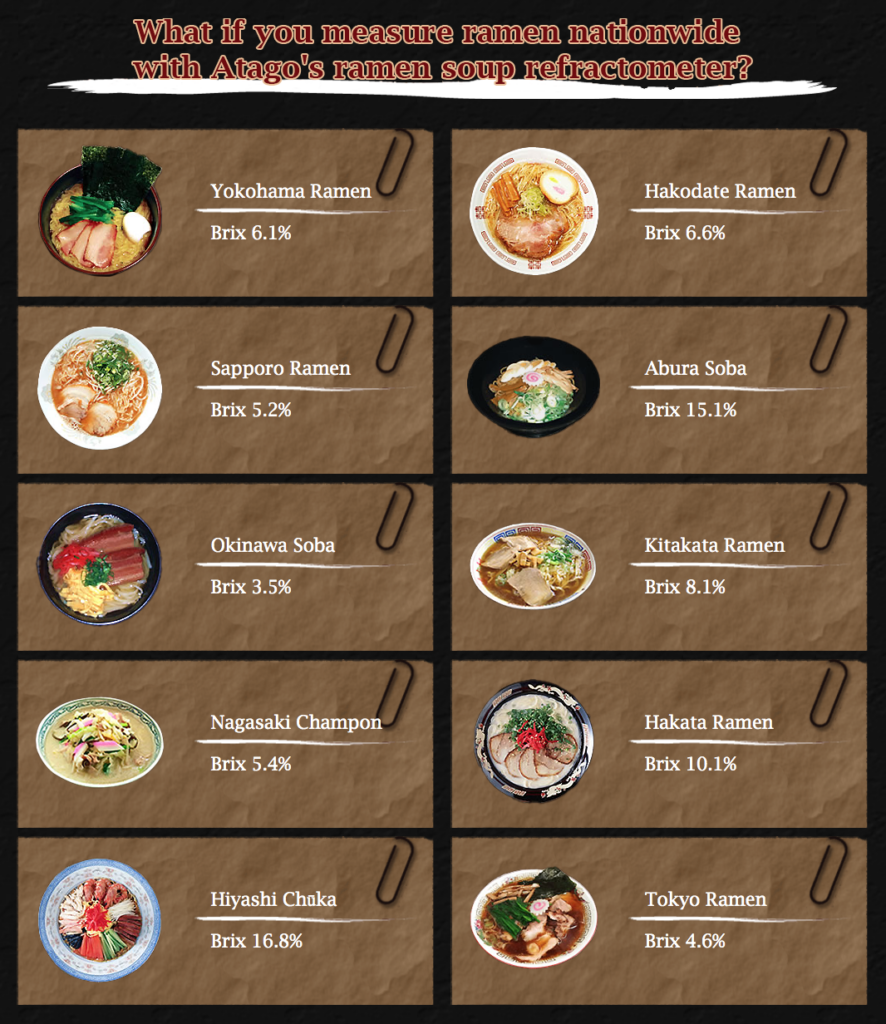At Ah Boy Like Ramen, we take ramen seriously. Our reviews are conducted anonymously, like a mystery shopper, to ensure unbiased, authentic experiences—just like any regular customer would have.
While we don’t get behind-the-scenes access, we dive deep into each bowl—analyzing flavors, textures, and techniques to bring you honest, detailed ramen reviews. We also research each shop’s background, ramen style, and industry trends to provide insights beyond just taste.
For those who take ramen seriously, we’re here to guide you to the best bowls in Singapore—one slurp at a time. 🍜🔥
Scoring methodology
When analyzing the quality of ramen, we assessed it based on four essential components: Noodles, Soup, Meat, and Toppings. Understanding the significance of these elements, we assigned weightage accordingly, prioritizing key aspects like noodles and soup that form the foundation of a remarkable ramen dish. While toppings play a role in enhancing the overall experience, their contribution is comparatively lesser. By breaking down our evaluation into these crucial categories, we hope to put some logical way to score our preferences.
Noodles – 35%
Soup – 35%
Meat – 20%
Toppings – 10%
Unveiling the Secrets of a Perfect Broth: Saltiness, Richness, and Concentration
When it comes to crafting an exceptional broth, achieving the ideal balance of saltiness, richness, and concentration is paramount. Through long hours of careful boiling, the flavors of the ingredients meld together, creating a broth that embodies the coveted umami factor. To provide a more precise assessment of the soup’s concentration and saltiness, we (some times) use a refractometer. This tool allows us to measure the broth’s richness and salt levels with greater accuracy, offering valuable insights into its composition.
For instance, let’s take a closer look at the renowned Crab Broth Ramen from Tokyo Dining Keisuke. With a BRIX level of 9.8, it boasts a thickness akin to the classic Tonkotsu style. In contrast, lighter ramen varieties like Tokyo Shoyu Ramen typically have a BRIX level around 4.6. At Atago’s website, you can find a comprehensive list of BRIX levels for various types of ramen. However, it’s important to note that a higher BRIX level does not necessarily equate to superior ramen. Different ramen styles are designed to showcase varying levels of richness and depth, with some opting for a lighter profile. The key to a good bowl of ramen is balance.



